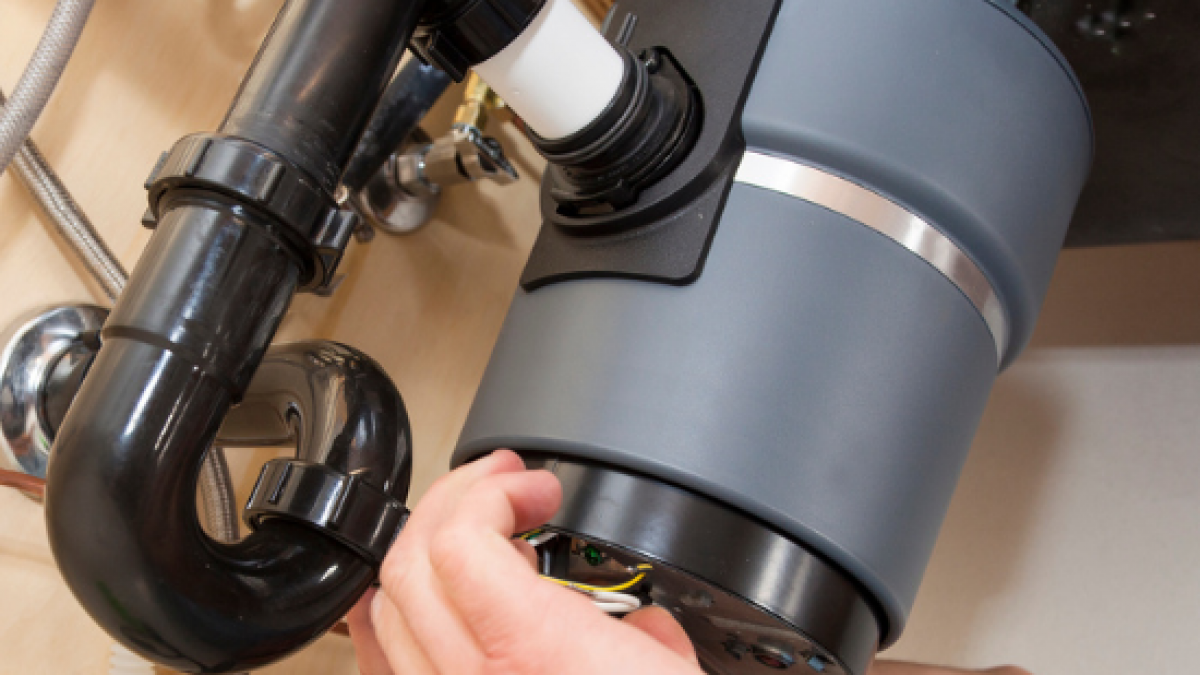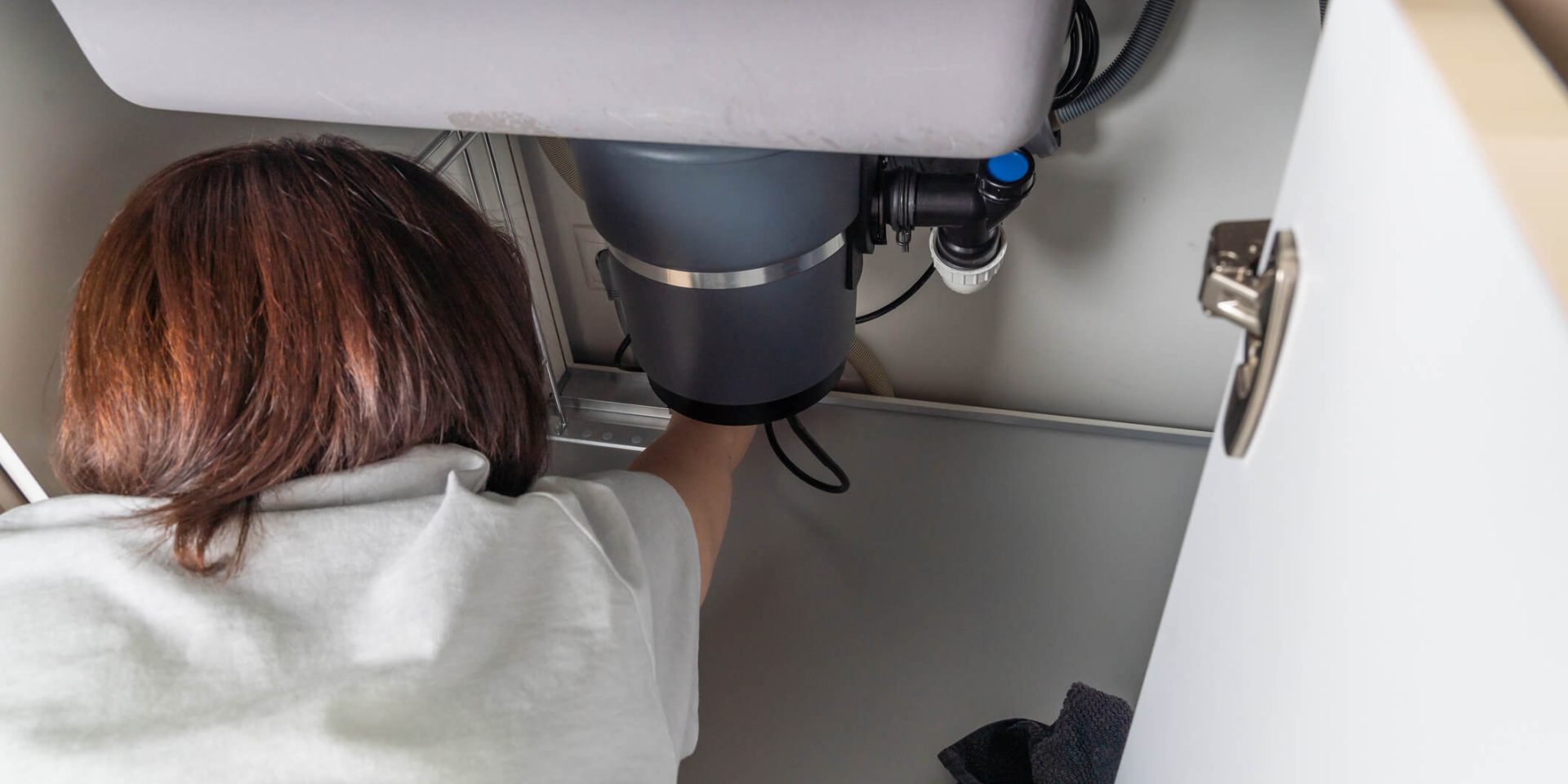How do you feel on the subject of How to fix a pretty consistent leak from my garbage disposal?

Waste disposal unit are crucial cooking area appliances that assist in disposing of food waste successfully. Nonetheless, a leaking waste disposal unit can be an irritating and unpleasant problem to deal with. Thankfully, many leaks can be taken care of conveniently with a few simple steps. In this article, we will certainly talk about exactly how to deal with a leaking garbage disposal effectively.
Introduction
Waste disposal unit are mounted under cooking area sinks and are developed to shred food waste into smaller sized items, enabling it to travel through the plumbing system conveniently. While these gadgets are normally trusted, leakages can happen gradually because of deterioration, loose connections, or damage to the unit.
Common Causes of Leakages in Garbage Disposals
Worn Seals and Gaskets
Seals and gaskets play an essential duty in preventing water from dripping out of the garbage disposal. In time, these components can degrade, resulting in leaks around the disposal system.
Loose Connections
The connections in between the garbage disposal and the pipes system can come to be loosened over time, causing water to leak out during operation.
Splits or Holes in the Disposal System
Physical damages to the garbage disposal, such as splits or openings in the housing, can also lead to leaks.
Determining the Source of the Leakage
Prior to attempting to deal with a leaking garbage disposal, it is essential to determine the resource of the leak. This can typically be done via aesthetic inspection or by conducting basic examinations.
Visual Evaluation
Check the waste disposal unit system carefully for any kind of indicators of water leakage. Pay attention to areas around seals, gaskets, and link factors.
Testing for Leakages
One means to examine for leakages is by running water via the disposal system and checking for any kind of noticeable indicators of leak.
Devices and Materials Needed for Taking Care Of a Leaking Garbage Disposal
Before here beginning the repair work procedure, collect the necessary devices and materials, consisting of a screwdriver, adjustable wrench, plumbing's putty, replacement seals or gaskets, and epoxy or patching product for fixing splits or holes.
Step-by-Step Guide to Repairing a Leaking Garbage Disposal
Turn Off the Power
Prior to trying any repair work, guarantee that the power to the garbage disposal unit is shut off to stop the danger of electrical shock.
Find the Leakage
Identify the exact area of the leakage and determine the reason.
Tighten up Links
Utilize a wrench to tighten any kind of loosened links between the disposal unit and the plumbing system.
Replace Seals or Gaskets
If the leak is because of worn seals or gaskets, eliminate the old components and replace them with new ones.
Patching Cracks or Holes
For fractures or holes in the disposal unit, use epoxy or an ideal patching material to secure the damaged area.
Testing the Waste Disposal Unit After Repair Service
As soon as the repair is full, test the waste disposal unit by running water via it to guarantee that the leakage has been dealt with.
Preventive Maintenance Tips to Stay Clear Of Future Leaks
To avoid future leakages, it is necessary to carry out regular maintenance on your waste disposal unit. This includes maintaining it tidy, preventing placing non-food things or difficult objects down the disposal, and periodically looking for leaks or other problems.
Verdict
In conclusion, dealing with a leaking garbage disposal is a fairly uncomplicated procedure that can be completed with basic tools and materials. By following the actions outlined in this article and practicing preventative upkeep, you can keep your garbage disposal in good working condition and prevent costly fixings in the future.
What to Do About a Leaking Garbage Disposal
A leaking garbage disposal often goes unnoticed until you confront a sopping cabinet, a foul-smelling puddle, or an audible drip-drip-drip from the unit. The fix can be frustrating, too, because the leak can stem from a number of components in the system. Fortunately, with a little sleuthing, you can zero in on the leak and—depending on the exact location—stop the icky oozing and repair the component that caused it. Worst case scenario, if it turns out that the garbage disposal must be replaced, installing a new one is a reasonable do-it-yourself task for those with basic plumbing skills. Read on to keep the cash you’d otherwise hand over to a pro.
Prepare to find the leak
Prior to testing the garbage disposal for leaks, unplug it at the wall outlet and turn off the power from the breaker box to prevent electrical shock. Then insert a watertight sink stopper into your sink drain and wipe the unit dry with a clean cloth. In any handy container, mix a few drops of food coloring into a few cups of water, and pour the dyed water onto the sink stopper to help you locate the leak.
Investigate the source
the top, where the disposal meets the sink drain the side, where the dishwasher hose or main drain pipe connects to the disposal or the bottom of the unit Inspect each of these locations while gliding a light-colored rag over the unit; the dyed water will readily show on the rag and reveal the location of the leak. If a leak isn’t immediately apparent, remove the sink stopper and pour a few more cups of dyed water down the sink drain, then check for leaks again. Leaks near the top of the unit are more likely to show themselves while the sink is plugged, while side and bottom leaks are more noticeable while the sink is unplugged.
The metal sink flange that sits directly inside the sink drain is typically sealed around the top with plumber’s putty (a clay-like sealant) and then secured from under the sink with bolts. If the plumber’s putty deteriorates, or the bolts loosen, the flange can no longer form a watertight seal between the sink drain and the disposal—which could cause a leak at the top of the unit.
To reseal the leaky flange, you must first detach the garbage disposal. Start by loosening the screws securing the main drain pipe to the disposal, then loosen the screws in the metal clamp securing the dishwasher hose to the disposal and detach the drain pipe and dishwasher hose from the disposal. Loosen the screws in the mounting ring that connects the disposal to the metal mounting assembly beneath the sink, then pull down the disposal and carefully set it on a clean, dry surface. Loosen the bolts in the mounting assembly with a wrench, then pull down the mounting assembly and set it near the disposal.

Do you appreciate reading about Garbage Disposal Leaking From Bottom? Make feedback further down. We would be interested to find out your suggestions about this article. We hope that you visit us again soon. Do you know another person who is intrigued by the topic? Do not hesitate to share it. Thank you for your time. Visit us again soon.
Schedule Service Pickup